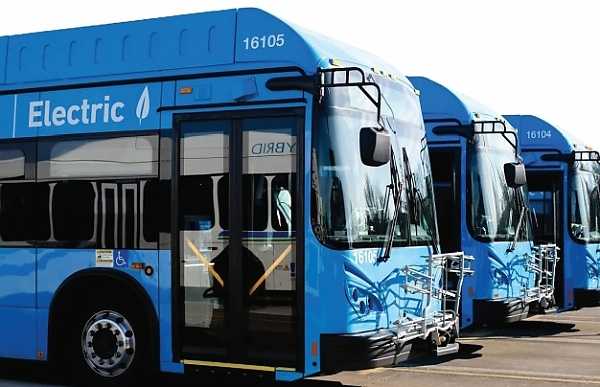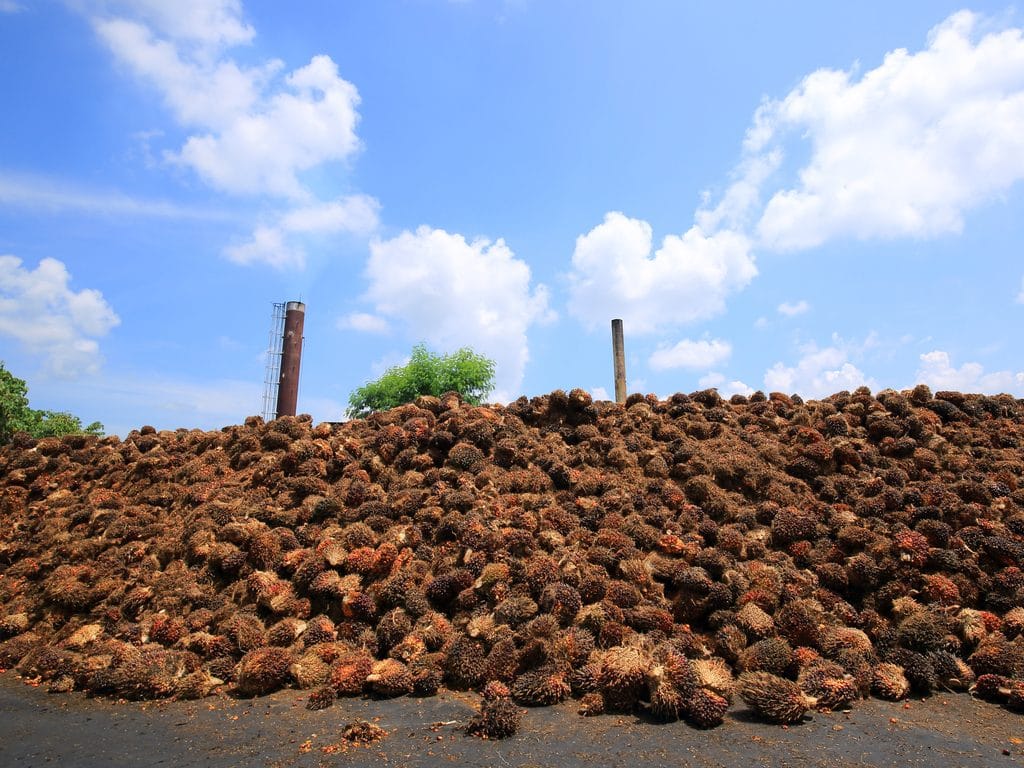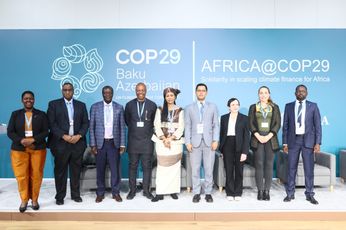
Africa's top 3 renewable energy countries
South Africa, Egypt, and Ethiopia had the highest renewable electricity capacity across Africa in 2020.
Africa is a land, water, and energy-rich continent with a young and growing population. With 1.2 billion people, Africa will dominate the global population growth in the coming decades. According to the International Energy Agency, about 600 million people in Africa are without access to electricity; therefore, it's vital to develop viable energy alternatives for Africa. Renewables are gaining popularity in Africa due to environmental concerns but also because they are more cost-effective, reliable, and sustainable.
Renewable energy deployment has grown in recent years, with a 7% increase in renewable energy generation capacity across Africa over the last decade. Solar energy added the most capacity, driven by large-scale projects in individual countries, mostly new utility-scale hydropower and solar photovoltaic (PV) projects. Between 2011 and 2020, solar capacity in Africa grew at an average compounded annual growth rate (CAGR) of 54%, over twice the rate of wind (22.5%), nearly four times that of geothermal (14.7%), and over 16 times that of hydropower (3.2%).
Ethiopia
Ethiopia has the third-highest installed renewable electricity capacity in Africa. The country accounts for approximately half of East Africa's overall renewable electricity capacity as of 2020.

Historically, renewable energy sources have provided over 95% of the country's electricity. In 2020, hydropower accounted for 85% of the country's electricity capacity, while wind and bioenergy accounted for 7% and 6%, respectively. However, according to the International Trade Administration (ITA), the country exploits less than 5% of its exploitable hydropower reserve, less than 1% of its wind resources, and less than 50% of its bioenergy capacity.
The east-African state is endowed with abundant renewable energy resources. The country has about 60,000 MW of hydroelectric, wind, solar, and geothermal power potential. Despite these advantages, the country's energy sector is still in its infancy. The majority of Ethiopians live in rural areas without access to modern energy and rely on biomass energy. In 2019, only 48% of the population had access to electricity.
Ethiopian Electric Power expects the total installed generation capacity to reach 10,358 MW by 2022. The government is currently building the 5.6 GW Grand Ethiopian Renaissance Dam, which will have the largest capacity in Africa when completed in 2022. This will allow the country to meet its growing electricity demand that is estimated to grow by about 30% annually.
Egypt
In 2020, Egypt had an installed renewable electricity capacity of 5,971 MW. The country has a more dispersed source of renewable electricity and is the continent's second-largest solar energy producer, at 1,680 MW. The country's vast landmass, sunny climate, and strong winds make it ideal for renewable energy generation.

Despite this, Egypt generates most of its electricity from non-renewable sources, having a total installed capacity of 53,449MW as of 2020. Additionally, it ranks second on the continent in terms of CO2 emissions, emitting 2.1 metric tons per capita.
According to the International Renewable Energy Agency, Egypt could realistically and cost-effectively supply 53% of its electricity mix from renewables by 2030. Based on Egypt's 2035 Integrated Sustainable Energy Strategy, renewable energy sources will generate 20% of electricity by 2022 and 42% by 2035, with wind contributing 14%, hydropower 2%, photovoltaic 22%, and concentrating solar power 3% by 2035. Most of this capacity will be delivered by the private sector.
South Africa
According to the International Renewable Energy Agency (IRENA), South Africa is the continent's leader in renewable electricity capacity, with an installed capacity of 9,638MW as of 2020.

Solar power is Africa's fastest-growing renewable energy source, accounting for 62% of total installed capacity. According to IRENA, the country's wind and solar electricity capacity expanded by 25.9% between 2019 and 2020. South Africa can significantly increase its solar energy generation due to its annual average irradiation of 2,160 kWh/m2.
In 2011, South Africa's government launched the Renewable Energy Independent Power Producer Procurement Programme (REIPPPP) to encourage private sector investment in grid-connected renewable energy (RE) generation. This has resulted in the development and operations of over 77 solar and wind farms and over $13 billion in investment.
Despite this, South Africa generates most of its electricity via non-renewable sources, with a total installed capacity of 47,798MW as of 2020. It also leads the continent in CO2 emissions, with 7.6 metric tons per capita.
In 2021, the South African government awarded 25 contracts for renewable energy projects worth $2.8 billion to private investors. The project is to consist of 12 wind farms and 13 photovoltaic plants. The projects are slated to begin operations over the next two to three years and add 2,538 MW to the grid.
|
Highlights
of counties |
South Africa |
Egypt |
Ethiopia |
|
GDP
(2020) |
$301.9 billion |
$363.1 billion |
$107.6 billion |
|
Population
(2021) |
60 million |
105 million |
119 million |
|
Access
to electricity (2019) |
85% |
100% |
48% |
|
Total
renewable capacity (2020) |
9,638 MW |
5,971 MW |
4,713 MW |
FullyGreen Newsletter
Join the newsletter to receive the latest updates in your inbox.








